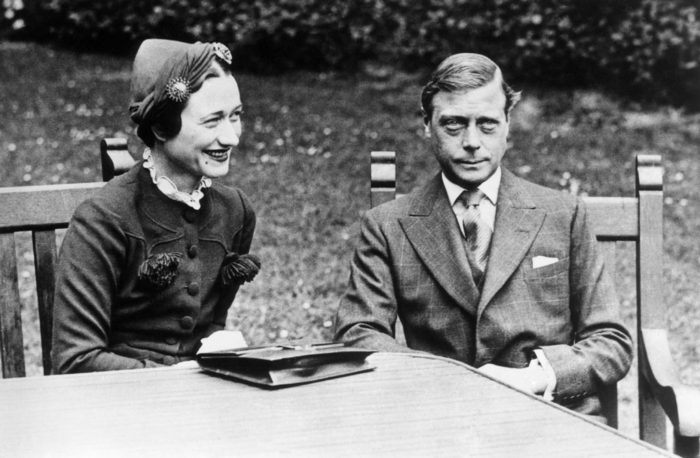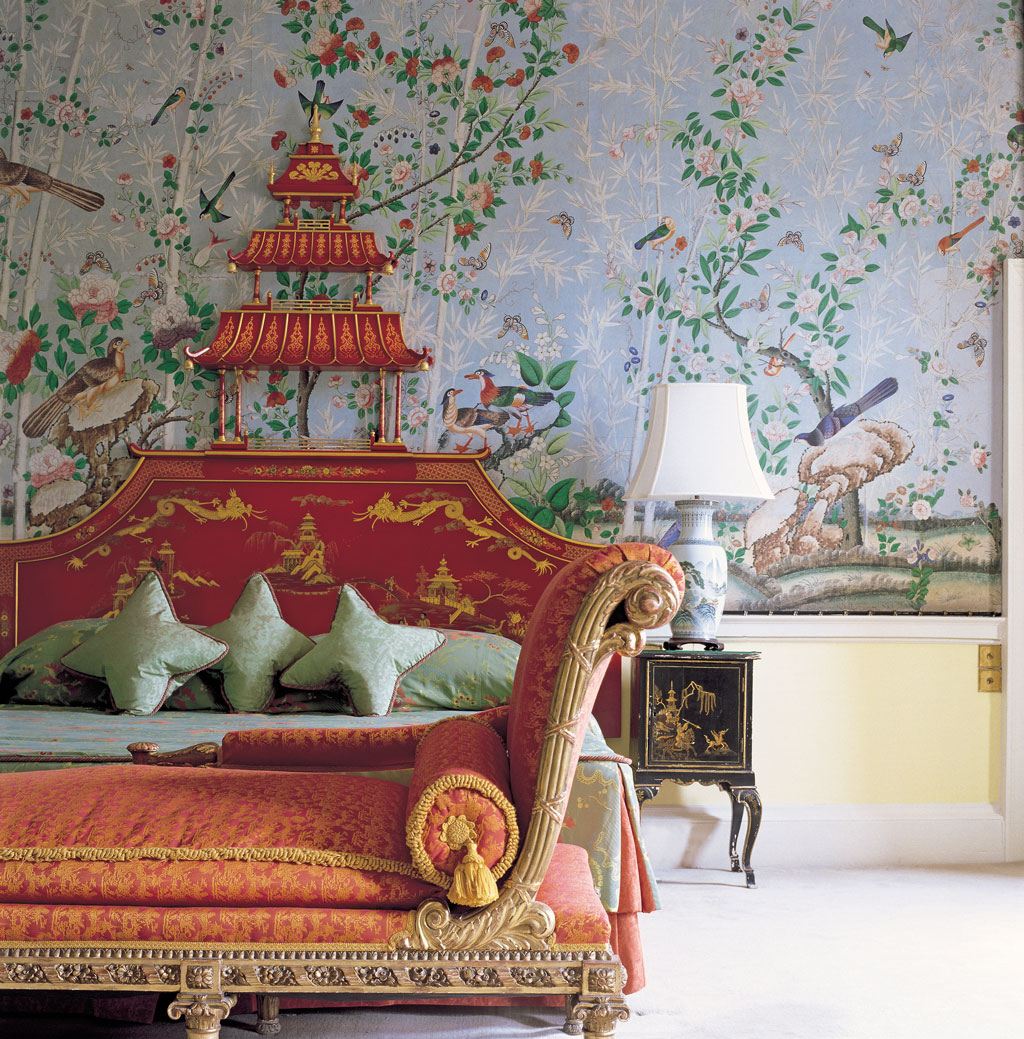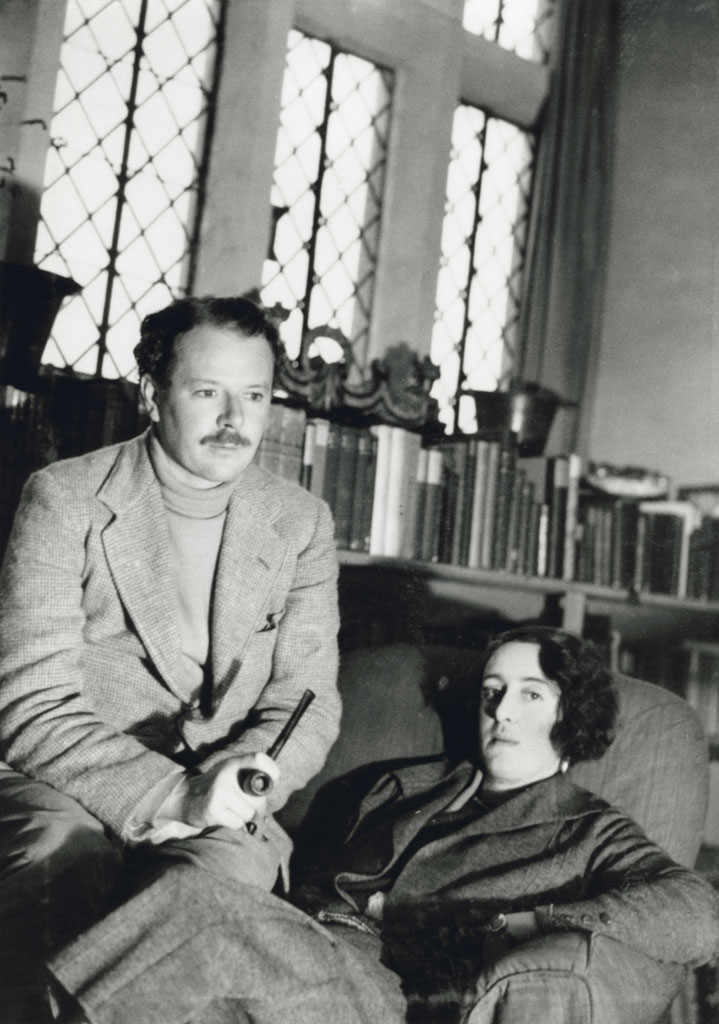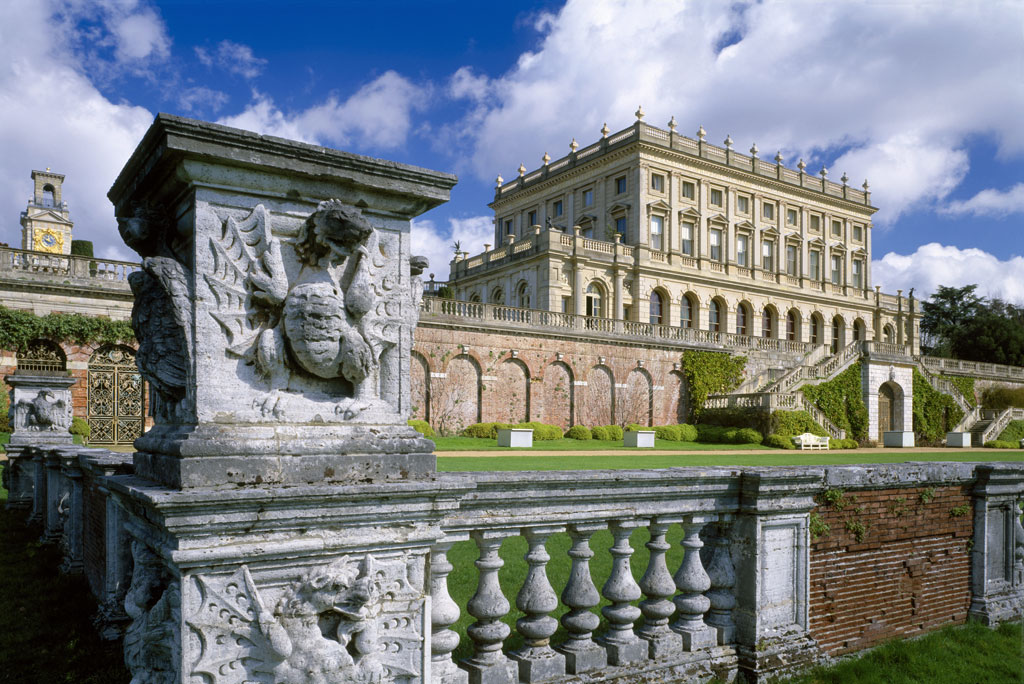Behind closed doors: Society scandals through history

It was at his hideaway in Windsor Great Park that, 80 years ago, King Edward VIII gave up the throne so he could marry the woman he loved. In search of the settings for more society scandals, Nicola Rayner explores the hidden doorways and lovers’ meeting places where romantic exploits threatened national security
What could you possibly want that queer old place for?” King George V asked his son, the future Edward VIII, in 1929, adding gruffly, “Those damn weekends, I suppose.” The place in question was Fort Belvedere in Windsor Great Park; as to the king’s query, unfolding events in the 1930s would provide the answer.
It was at Fort Belvedere that Edward’s relationship with a certain Mrs Simpson, a twice-married American divorcee, would blossom; and, indeed, it was in that same setting King Edward VIII would sign the Instrument of Abdication in December 1936, in the presence of his three brothers, including shy Bertie – the future George VI – whose story is told in the film The King’s Speech.
Edward later claimed to have “created a home at the fort just as my father and grandfather had created one at Sandringham”, saying tellingly, “here I spent some of the happiest days of my life.” The secluded building started life as a turreted folly in the mid-1700s, offering, no doubt, the beautiful views suggested by its name.
It was later developed by Sir Jeffrey Wyatville, who also remodelled parts of Chatsworth, for George IV but the sociable Edward made it his own, adding bedrooms and bathrooms for large house parties, as well as a swimming pool, a tennis court and stables.
Here, away from the more formal atmosphere at Windsor Castle, Edward and his numerous guests could relax, dance to gramophone records after dinner and play parlour games
(it is said Edward even had a penchant for playing the bagpipes).
Handsome Edward was popular with the fairer sex – his first female companion at the fort was probably Freda Dudley Ward – but his father could never have anticipated Edward’s final choice of companion, a woman who was still married to her second husband when she and Edward first met.
To this day, Edward remains the only British monarch to have given up the crown voluntarily, saying famously it would be impossible for him to continue as king “without the help and support of the woman I love”.
Of course, private properties – particularly those located in acres of parkland – lend themselves splendidly to clandestine meetings: the further away from the prying eyes of the public, the better.
Although Fort Belvedere remains a private residence today, it’s possible to visit and even stay at a number of the settings for historical scandals, which have since opened their doors to the public.
Of love and other demons
Brocket Hall in Hertfordshire, the scene of more than one outrageous scandal, was home to another mistress of another Prince of Wales. Elizabeth Lamb, the wife of the first Lord Melbourne, was a lover of the hedonistic Prince Regent, later George IV, a frequent visitor to Brocket Hall. The grateful prince gave his accommodating mistress a painting by Sir Joshua Reynolds which still hangs in the ballroom and created the Chinese-style suite of rooms – known as the Prince Regent Suite (left) – where it is possible to stay today.
The ambitious hostess Lady Melbourne did not stop at the Prince Regent – she also enjoyed liaisons with the 5th Duke of Bedford, as well as the 3rd Earl of Egremont. However, her behaviour pales in comparison with that of her daughter-in-law Lady Caroline Lamb, niece of yet another infamous adulteress, Georgiana Cavendish, Duchess of Devonshire.
Famous for her torrid affair with the poet Lord Byron, it is Caroline who is said to have coined the epithet that he was “mad, bad and dangerous to know”. For herself, her words could not have been more prescient. Their passionate affair raged through the summer of 1812, but when Byron’s ardour began to cool, Caroline did not give up her lover as easily as her family would have liked.
Encountering the poet with his new mistress, the Countess of Oxford, at Lady Heathcote’s ball in early July 1813, she smashed a glass and cut her wrists, causing Byron to accuse her of theatrics (“Lady Caroline performed the dagger scene”).

Later, she broke into the poet’s rooms, scribbling “Remember me!” over a copy of one of Byron’s books. He responded with an angry poem that included the final lines: “Remember thee! Ay, doubt it not. Thy husband too shall think of thee! By neither shalt thou be forgot, Thou false to him, thou fiend to me!” More drama was to follow: in 1816 Lady Caroline’s first novel, Glenarvon, revealed thinly disguised details of her amorous adventures. Yet, remarkably, she did not formally separate from her husband for a further nine years. Of course, some of the stories are possibly apocryphal: that she had herself served up naked to her husband in a soup tureen on his birthday, for example, or that she fell from her horse at the shock of seeing Byron’s funeral cortège passing the Brocket estate in 1824, thereby learning of his death.
It is likely her demise at Brocket Hall was a sadder, more drawn-out affair. Her struggle with mental instability in her later years was exacerbated by abuse of alcohol and laudanum, and she began to show symptoms of dropsy – swelling caused by the build-up of fluids. William Lamb, by that time chief secretary for Ireland, returned to be with Lady Caroline when she died in 1828. He went on to become Queen Victoria’s first prime minister and a close friend of the monarch – as to what she made of his marital past, one can only guess.

Losing one’s head for love is something of a recurring theme. Author Elinor Glyn decamped to Montacute House in Somerset when she fell in love with George Nathaniel Curzon, 1st Marquess Curzon of Kedleston, who wooed her by sending her a tiger skin – a reference to her erotic romance Three Weeks, which scandalised polite Edwardian society and inspired the jingle: “Would you like to sin with Elinor Glyn on a tiger skin?”
Elinor struggled with Montacute House’s draughty rooms and icy conditions but she threw herself into redecorating Curzon’s Elizabethan home. Her own room, adorned with brightly coloured birds of paradise on the walls, speaks of her hope for the relationship. But Curzon proved himself unworthy of such devotion: Elinor was to learn of his engagement to another in The Times, and destroyed over 500 of his letters.
And if proof of secret goings-on at Montacute were needed, look out for the hidden door, where Lord Curzon had an en suite built inside a cupboard…
Secret gardens
It is hard to imagine a more romantic setting for furtive trysts than Sissinghurst Castle in Kent, where the novelist and poet Vita Sackville-West and her husband, diplomat and author Harold Nicolson, conducted their open marriage. The Elizabethan building was derelict when the couple first set eyes on it in 1930 and their restoration of the property, with its fairytale watchtower as well as its glorious garden, is the stuff of legend.
To this day Sissinghurst Castle Garden remains one of the most famous in the country and the epitome of an English garden. Designed with different verdant “rooms”, it opened to the public in the late 1930s, with an admission fee of one shilling (hence Vita’s name for visitors – shillingses).

It has been said that Sissinghurst’s success lies in the creative tension between Harold’s formal design and Vita’s lavish planting. Perhaps oddly, to more conventional minds, the couple’s union was a happy one in many respects, despite affairs on both sides: hers almost always with women, and his invariably with men.
The story of the unorthodox relationship is recounted in Portrait of a Marriage by their son, Nigel Nicolson.Harold’s greatest affair was with the critic Raymond Mortimer and Vita’s with Violet Trefusis, the daughter of Edward VII’s mistress Alice Keppel (though this was over by the time the couple came to Sissinghurst).
Vita also made a strong impression on Virginia Woolf, who used her as the inspiration for the androgynous central character in her 1928 novel Orlando: A Biography, dedicating the book to her lover.
Scandals that rocked the nation
No exploration of British scandals would be complete without a mention of Cliveden in Berkshire, the setting of the Profumo Affair. It’s interesting to note that Cliveden’s story began with a scandal when, in 1666, George Villiers, 2nd Duke of Buckingham, built the original house as a hunting lodge to entertain his friends – and his mistress, whose husband he fatally wounded in a duel.

Three centuries later, in 1963, Cliveden became the focus of another infamous scandal. It began with a party thrown by the 3rd Viscount Astor, William, in July 1961, where the guests included the Secretary of State for War, John Profumo, and society showgirl Christine Keeler, who, as the story goes, was frolicking topless in the pool when the pair met. The three-month affair that followed was to end Profumo’s career and bring down the Macmillan Conservative government. It emerged that, as well as an affair with Profumo, Keeler had a very brief relationship with Yevgeny Ivanov, a Soviet intelligence officer and assistant naval attaché.
This connection was seen as a grave security risk and Profumo was compelled to make a statement in the House of Commons denying there was any impropriety in his relationship with Keeler. When his lie was exposed, he was forced to resign. In the aftermath, Stephen Ward, the osteopath who introduced Profumo to Keeler, killed himself – a potent reminder of the human cost to some of history’s most scandalous stories.
On a happier note: had Edward’s romance with Wallis Simpson not blossomed back at Fort Belvedere, our current Queen may not be on the throne today. Stately scandals are more than mere sources of tittle-tattle and entertainment: they can change history.



